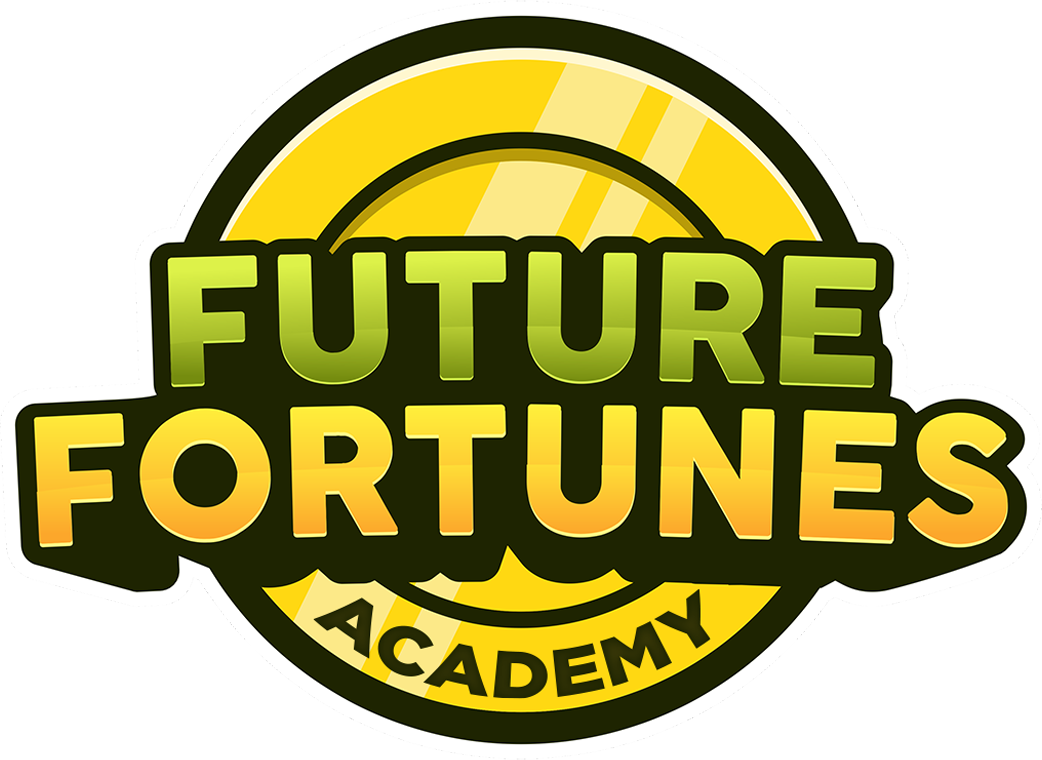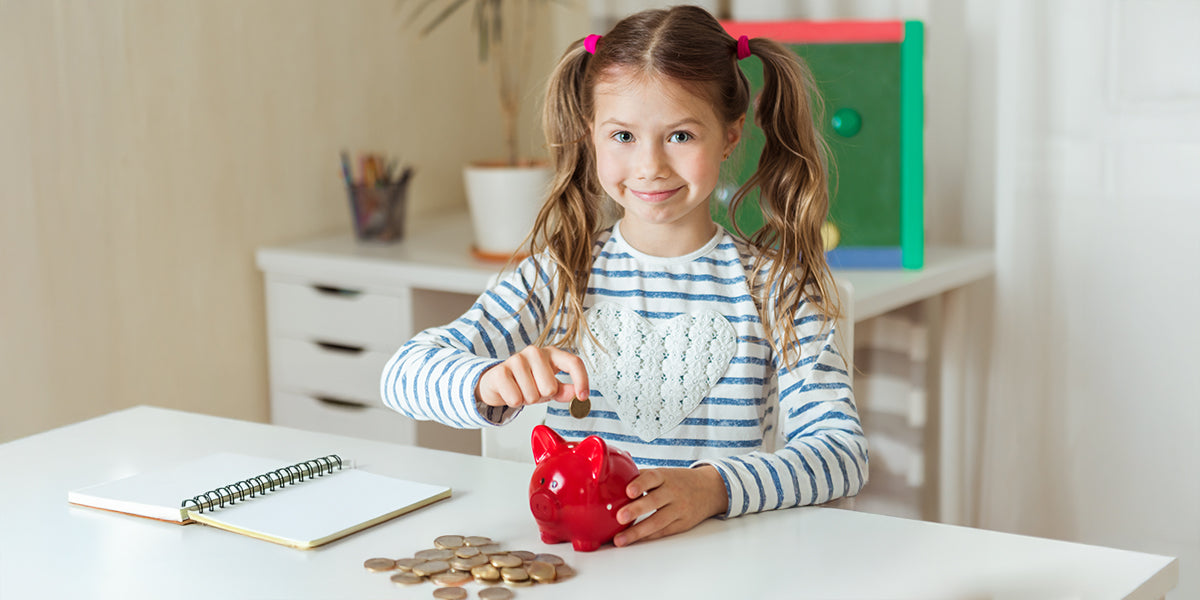From Screens to Self-Belief.
How Money Skills Build Confident Canadian Kids.
Open any family room and you’ll likely find a teenager toggling between texts, gaming, and TikToks. There’s nothing wrong with being connected, but constant scrolling can crowd out other skill-building arenas like sport, music, and face-to-face communication.
Here’s the good news: financial education is a surprisingly powerful antidote. When kids learn to earn, plan, and decide with real dollars, they practice judgment, self-control, and problem-solving—and that confidence spills into the rest of life. In Canada, the timing couldn’t be better to bring money lessons home.
The reality check (and opportunity) in Canada 🇨🇦
Nearly all Canadian youth are online—99% of 15–24-year-olds used the internet in 2022, and 91% used social networking sites. At the same time, only 39% of Canadian children and youth meet daily physical-activity guidelines, and just 4% meet the full 24-Hour Movement Guidelines (activity, sleep, screen time).
That means many kids have fewer natural chances to flex the “agency” muscles that build self-belief. Money can be a new practice field. Schools are leaning in too—Ontario embeds financial literacy across Grades 1–8 math—but the biggest gains happen when home and school work together.
Why money builds confidence (not just knowledge)
- Earning connects effort with outcome.
- Budgeting turns vague wants into clear trade-offs.
- Saving & giving convert intention into identity (“I’m someone who plans/gives”).
- Spending requires comparing options, resisting impulse, and living with a decision.
Canada’s most recent international assessment of 15-year-olds (PISA 2022) shows strong links between money confidence and financial literacy. 87% reached baseline proficiency and 15% were top performers. Students very confident in tracking balances and planning spending scored higher than peers—competence and confidence reinforce each other.
Simple Prompts That Build Confidence
“If you got an extra $20 today, what would you do and why?”
Surfaces priorities and trade-offs; frames short vs. long-term choices.
“When you bought X, how did you decide it was worth the price?”
Encourages reflection on value, decision-making, and impulse control.
“What’s one money goal for the next month?”
Builds confidence through small, fast wins.
Practical ways to build confidence at home (by age & stage)
Ages 6–10: Make money visible and choice-based
- Three Jars (Save/Spend/Share). Keep goals short (≈2 months) for quick success.
- Mini price hunts. “What’s the best value on granola bars—and why?” Praise reasoning.
- Earn for extras. Chores = contributions; offer small “contracts” for above-and-beyond jobs.
Ages 11–14: Add real tools and simple systems
- No-fee youth account + debit. Turn on alerts; review e-statements together.
- $40 dinner challenge. Plan, shop, track; debrief what went over/under and why.
- First side-hustle math. Track costs and break-even across three jobs.
Ages 15–17: Connect to the real economy
- Decode the first pay stub. Net vs. gross, CPP/EI; set a first savings split.
- Micro-emergency fund. Target $250–$500 in a high-interest account.
- Graduate to a TFSA at 18. Small, automatic contributions build the habit.
- Digital caution drills. Role-play common scams; practice “pause & verify.”
How Parents Can Get Involved (and Even Gamify It)
Gamify the allowance system.
Bonus rounds for consistent saving and weekly money missions keep motivation high.
Family money simulations.
Try a vacation budget game or a restaurant cap challenge to practice trade-offs.
Use youth-friendly banking apps.
Treat savings milestones like levels with progress bars and alerts.
Tie money to what matters.
Goals like a bike, festival tickets, or gaming gear; consider matching savings up to a limit.
For younger families: Don’t leave free money on the table
If eligible, the Canada Learning Bond (CLB) contributes up to $2,000 to a child’s RESP—even if you can’t contribute. Budget 2024 introduced automatic enrolment (rolling out for children born in 2024, phased in by 2028).
Action today: Open an RESP and ask your bank/credit union to apply for the CLB.
Make it weekly, light, and kid-led
- Money Mondays (15 minutes). What came in? What went out? What’s the plan?
- Decision Diary. Note the “why” at purchase; reflect a week later.
- Meet them on their phones. Use mobile wallets and alerts as teaching tools.
The bigger picture: confidence that transfers
Students who feel confident with basic money tasks tend to perform better, too—another sign that ownership fuels achievement. Trade a few minutes of scrolling for a few minutes of planning; give kids real responsibility over real dollars and coach from the sidelines. The payoff isn’t just a healthier bank balance—it’s a young person who walks a little taller.
That’s confidence—earned, not downloaded.
About the Author
Endnotes
Statistics Canada (2023). Canadian Internet Use Survey—nearly all youth 15–24 used the internet (99%); 91% use social networking.
ParticipACTION (2024). Report Card—only 39% meet daily activity guidelines; 4% meet full 24-Hour Movement Guidelines.
Government of Ontario (2021). Ontario Math Curriculum Update—financial literacy embedded across Grades 1–8.
CMEC (2023). PISA 2022 Financial Literacy—In Canada, 87% reached baseline proficiency; 15% top performers; higher self-confidence correlates with higher scores.
CMEC (2023). PISA 2022 Digital Finance Insights—students confident using debit/mobile; less confident with statements/contracts; digital shift raises fraud risk.
FCAC (2023). Behavioural nudges study—simple prompts increased confidence, positive behaviours, and money conversations.
Government of Canada (2024). Budget 2024—automatic enrolment for the Canada Learning Bond (rolling out beginning with children born in 2024; phased to 2028).
ESDC (2022). CLB uptake—up to $2,000 per eligible child via RESP contributions.
CFEE (2022). Building Futures—parent resources for at-home financial learning.
Bank of Canada & FCAC (2021). Youth Behavioural Insights—gamification and app-based challenges boost engagement.



Share:
Energy Has a Price: Teaching Kids the Real Cost of Utilities and Everyday Comforts
Teaching Kids About Money: How to See Through Sales and Make Smart Shopping Choices